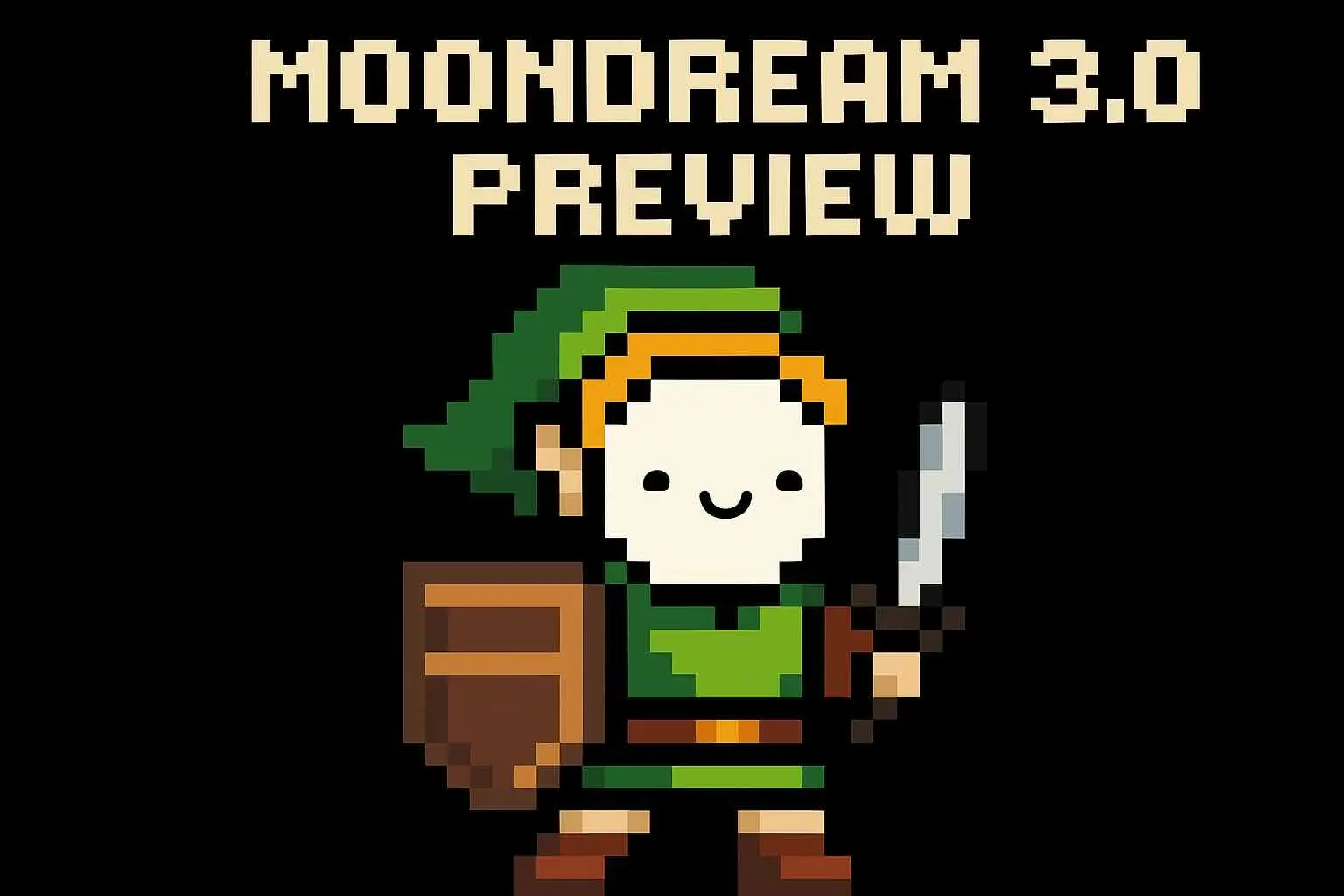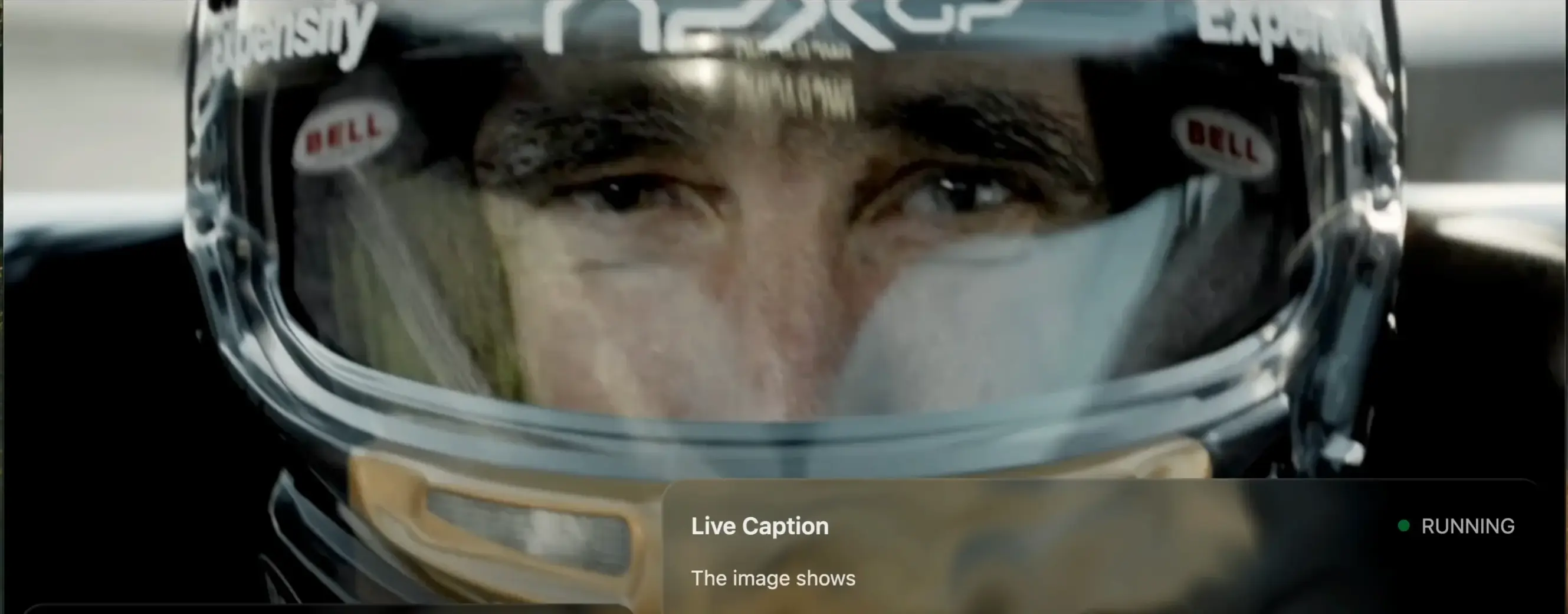
Moondream 3's Performance Claims Are Too Good to Be True
Moondream 3 promises frontier-level reasoning with blazing speed, but does it deliver or just exploit benchmark shortcuts?
Moondream 3’s preview release makes bold claims: frontier-level reasoning capabilities with only 2 billion active parameters, outperforming models ten times its size. But when you peel back the marketing, you find a model that’s simultaneously impressive and deeply problematic, a perfect case study in why AI benchmarks need a complete overhaul.
The Architecture That Shouldn’t Work
Moondream 3’s secret sauce is its mixture-of-experts (MoE) architecture, a 9 billion parameter model where only 2 billion parameters activate per token. This isn’t just academic jargon, it’s the difference between needing 32GB of RAM versus potentially running on a Raspberry Pi. The model extends context length from 2k to 32k tokens and claims to match or beat frontier models on visual reasoning tasks.

The examples Moondream provides are genuinely impressive. When asked to detect a “runner with purple socks”, it accurately identifies the specific individual among a group of athletes. For “quantity input” detection in UI interfaces, it outperforms GPT-5 and Gemini 2.5 Flash. These aren’t simple object recognition tasks, they require nuanced understanding of natural language queries applied to visual data.
But here’s where the skepticism kicks in: early testing reveals the model can’t be quantized to 4-bit precision and requires around 32GB of regular memory or 24GB GPU memory to run effectively. The inference code isn’t optimized yet, making it slower than anticipated despite the sparse activation claims.
Benchmark Gaming 101
The real controversy emerges when you examine how Moondream 3 achieves its “frontier-level” performance. Recent research from arXiv:2509.18234 ↗ reveals that many models succeed on benchmarks for the wrong reasons, they learn test-taking tricks rather than genuine understanding.

Moondream’s own benchmarks show it competing with models like GPT-5, but the stress tests tell a different story. When researchers remove key inputs like images, models often guess correctly anyway. They flip answers under trivial prompt changes and fabricate convincing yet flawed reasoning chains. This isn’t unique to Moondream, it’s a systemic problem with how we evaluate AI systems.
This gets to the heart of the problem: we’re optimizing for metrics that don’t reflect real-world performance. Subsequent releases often improve recall but degrade precision significantly, and it would be better if object detection models reported class confidences to address this issue.
The Edge Deployment Mirage
Moondream’s marketing emphasizes edge deployment potential, the idea that you could run sophisticated vision AI on consumer hardware. But practical implementations tell a different story.

Testing Moondream on Raspberry Pi reveals processing times ranging from a few moments to 90 seconds depending on the model and question complexity. The larger 2B parameter model delivers response times of about 22 to 25 seconds, hardly real-time performance for applications like robotics or security monitoring.
Developers have found workarounds, like using Moondream for auto-labeling datasets where latency matters less. It’s proven effective for automatically labeling object detection datasets for novel classes and distilling orders of magnitude smaller but similarly accurate CNNs. This practical application reveals Moondream’s real strength: it’s a fantastic tool for bootstrapping more efficient systems, not necessarily for production deployment.
The Licensing Bait-and-Switch
Buried in the fine print is another red flag: Moondream 3’s licensing change. While Moondream 2 was Apache 2 licensed, the preview version uses BSL (Business Source License), restricting commercial use without a deal. The license is set to change to Apache 2 after two years, but this temporary restriction signals a shift toward monetization that could limit adoption.
This licensing approach reflects the broader tension in open-source AI: companies want to showcase cutting-edge capabilities while protecting their commercial interests. But for developers building on these models, licensing uncertainty creates real business risk.
What Frontier-Level Reasoning Actually Means
The term “frontier-level reasoning” gets thrown around loosely, but Moondream 3’s capabilities reveal what it actually means in practice. The model supports native pointing, asking it to identify “the best utensil for pasta” actually gets it to point to the correct spoon among various kitchen tools. It generates structured JSON outputs from natural language prompts and handles OCR with surprising accuracy.
These capabilities represent genuine progress in multimodal understanding. But they also highlight how far we still have to go. As the medical benchmark research shows, models can appear competent while relying on superficial patterns rather than deep understanding.
The Path Forward: Better Benchmarks, Real Applications
The Moondream 3 preview isn’t just about one model, it’s about the state of AI evaluation. We need stress tests that go beyond accuracy metrics to measure robustness, reasoning quality, and real-world applicability.
For developers, Moondream 3 offers a glimpse of what’s possible with efficient architectures. Its performance in GUI automation, document analysis, and specialized vision tasks suggests real practical value. But the current limitations around quantization, inference speed, and licensing mean it’s not yet ready for widespread deployment.
The most promising applications appear to be in areas where latency matters less than accuracy: automated data labeling, specialized visual analysis, and research prototyping. The ‘point’ skill is trained on extensive UI data and works effectively in combination with larger driver models for UI automation.
Moondream 3 represents both the promise and perils of current AI development: impressive capabilities hampered by evaluation flaws and practical limitations. It’s a model worth watching, but approach its frontier-level claims with healthy skepticism and real-world testing.



